The Impact of Silk Bedding on Restful Sleep
Today’s chosen theme: The Impact of Silk Bedding on Restful Sleep. Explore how silk’s gentle touch, breathable fibers, and low-friction finish can nurture deeper, calmer nights—and share your own experience or sleep questions in the comments.
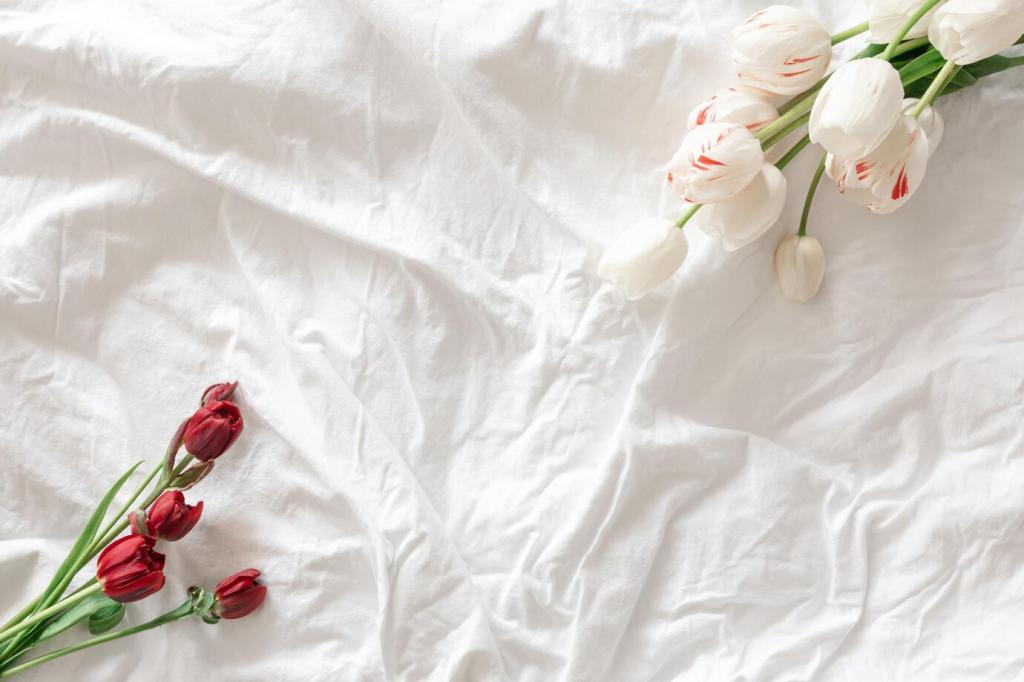
Choosing Silk Bedding That Truly Supports Rest
Momme indicates silk density. Around 19–22 momme offers a soft, breathable feel great for most sleepers, while 22–25 momme adds durability and plushness. If you sleep hot, start lighter; if you love a richer drape, step up in momme. Share your preferred weight below.
Choosing Silk Bedding That Truly Supports Rest
Mulberry silk from long, continuous fibers delivers a smoother finish and fewer snags. Charmeuse weave puts the glossy surface against your skin for that signature slip. Look for Grade A silk to reduce roughness, ensuring a consistent, calming touch throughout the night.
A Real-Life Reset: Mara’s Switch to Silk
Week One: Cooling the Chaos
Mara started with one silk pillowcase. She noticed fewer sweaty wake-ups during daytime sleep after long shifts. The cool touch signaled restfulness, and the absence of scratchy friction stopped her from flipping the pillow constantly. She logged fewer awakenings in her sleep app within days.
Unexpected Wins for Skin and Hair
She didn’t expect the softer morning skin or tangle-free hair. That reduced tugging also meant less sleep disruption. Small comforts built a routine: wash face, blackout curtains, silk pillow, then breathwork. She swears the ritual plus silk’s softness made drifting off remarkably easier.
The Full Set, The Deeper Calm
Upgrading to a silk fitted sheet and duvet cover deepened the effect. The consistent glide reduced restlessness, and her partner noticed fewer blanket battles. If you’ve made a partial switch, tell us which piece you tried first and whether you felt a real difference.
Use cool water and a pH-neutral detergent. Wash silk separately or in a protective bag on delicate. Skip fabric softener; silk doesn’t need it. Air dry flat or on low tumble. Consistent, careful washing preserves that calming glide you’ll notice every time you lie down.
Caring for Silk So It Cares for You
Treat stains quickly with diluted, gentle detergent and blot—never rub aggressively. Avoid bleach and harsh enzymes that can weaken fibers. For beauty products or oils, pre-treat softly, then rinse cool. Share your toughest stain stories, and we’ll brainstorm silk-safe fixes together.
Caring for Silk So It Cares for You
Year-Round Comfort: Silk in Every Season
Silk breathes and wicks gently, preventing that sticky, trapped feeling. Many hot sleepers report fewer wake-ups and less sheet-tossing. Pair silk with a lightweight duvet insert and a fan set to low. Tell us your warm-climate hacks so the community can sleep cooler too.
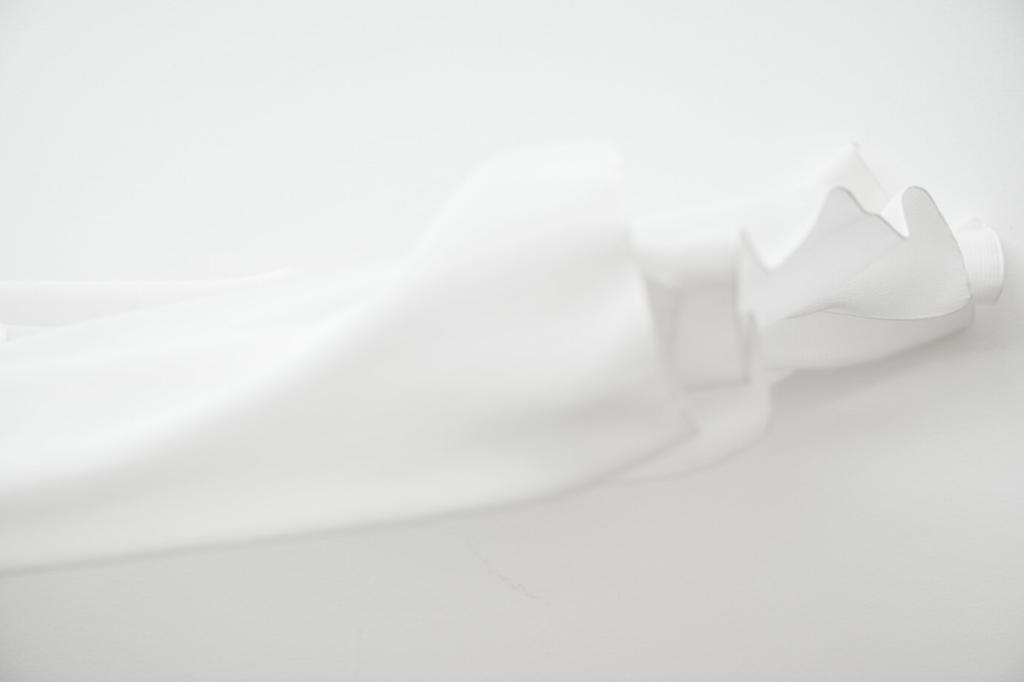
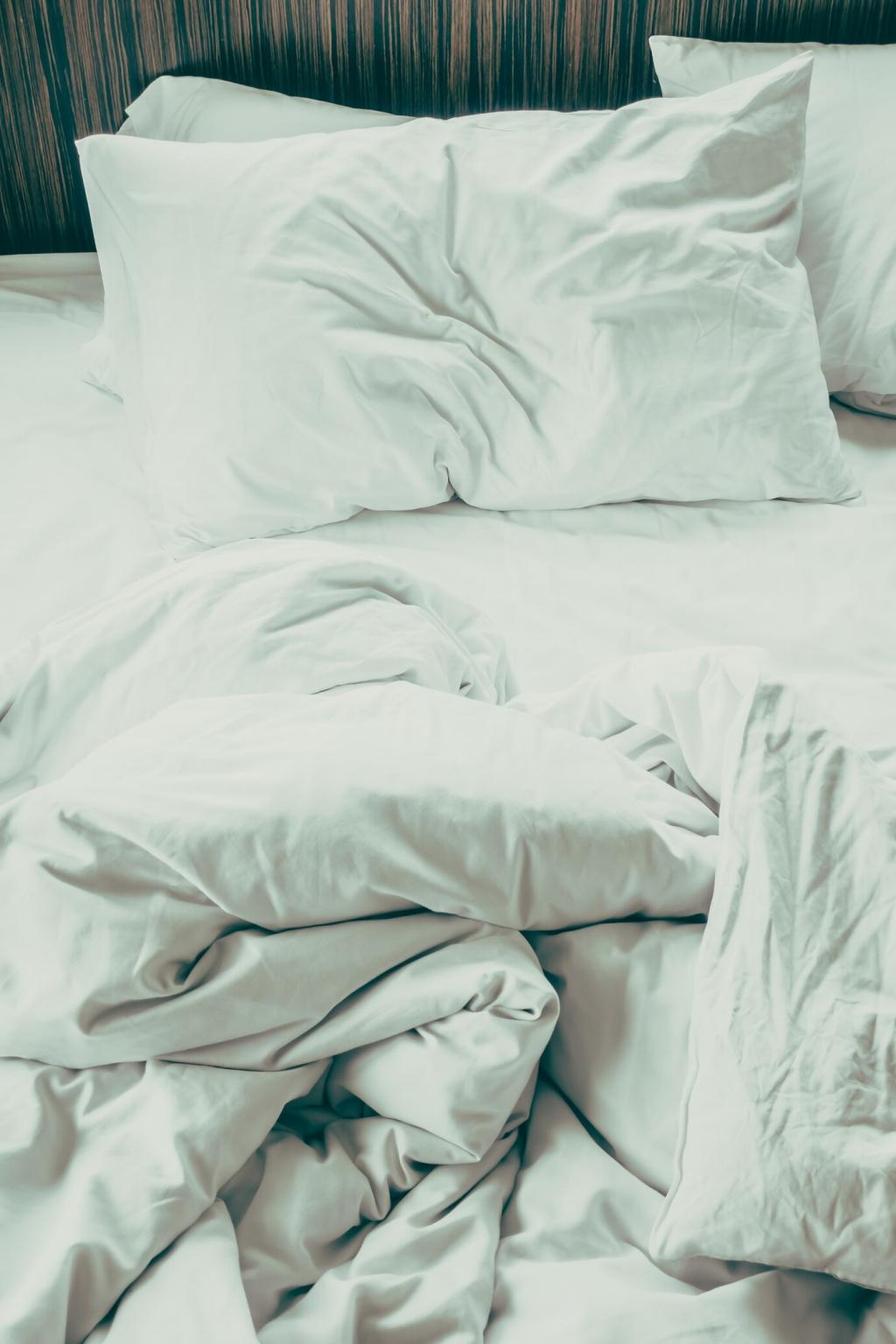
Year-Round Comfort: Silk in Every Season
In colder months, silk’s light insulation partners beautifully with wool or down. You stay comfortably warm, not smothered. Layer a silk duvet cover over a medium-fill insert, and let the fabric moderate temperature shifts that often cause foot-freezing or overheated wake-ups.
Silk Plus Sleep Hygiene: Better Together
Temperature, Darkness, and Timing
Set your room around 65–68°F, dim lights an hour before bed, and keep a consistent sleep schedule. Silk supports this by keeping your skin comfort steady. Comment with your bedtime window and whether silk helped you stick to it more reliably.
Mindfulness and Muscle Release on Silk
Practice slow nasal breathing while lying on your silk pillow—its soft glide reduces fidgeting as you scan and relax tight muscles. Pair with a short gratitude note. This sensory pairing tells your brain, nightly, that it’s safe to drift and stay asleep longer.
Track, Reflect, Adjust
Use a simple log or wearable to compare nights before and after switching to silk bedding. Watch for fewer wake events and more stable sleep efficiency. Share your results with us, and subscribe for our printable tracker and weekly evidence-backed tweaks.
Sourcing, Sustainability, and Long-Term Value
Mulberry silk comes from silkworms fed on mulberry leaves, producing long, uniform fibers. Seek transparency about farming and dyeing, plus certifications for safety. Durable, higher-momme silk reduces replacement cycles, cutting waste while supporting your consistent, restorative sleep routine.
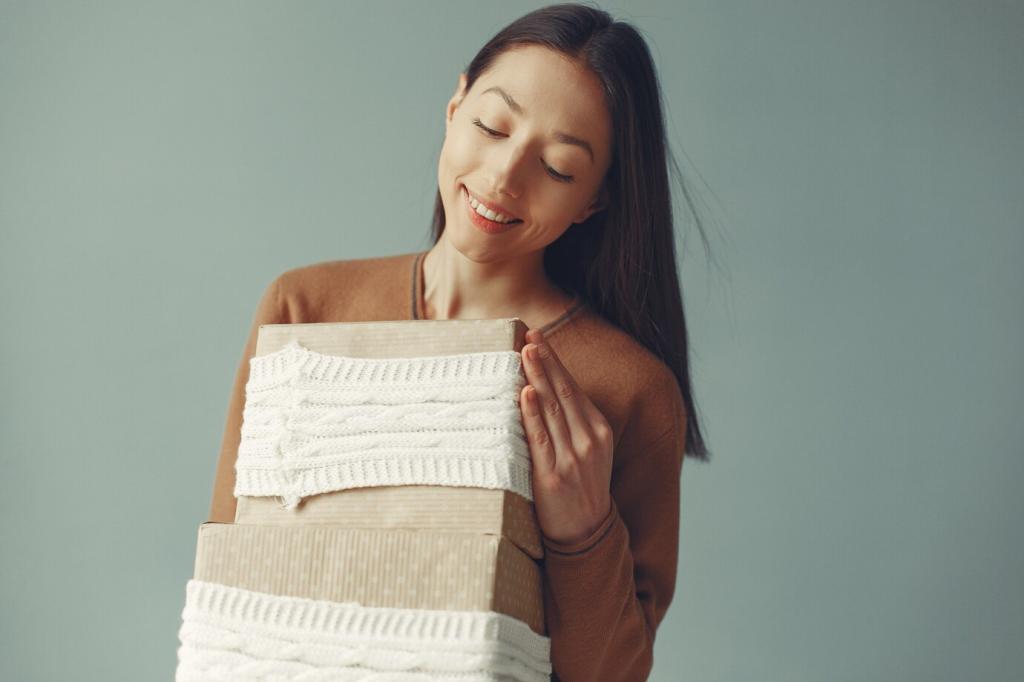
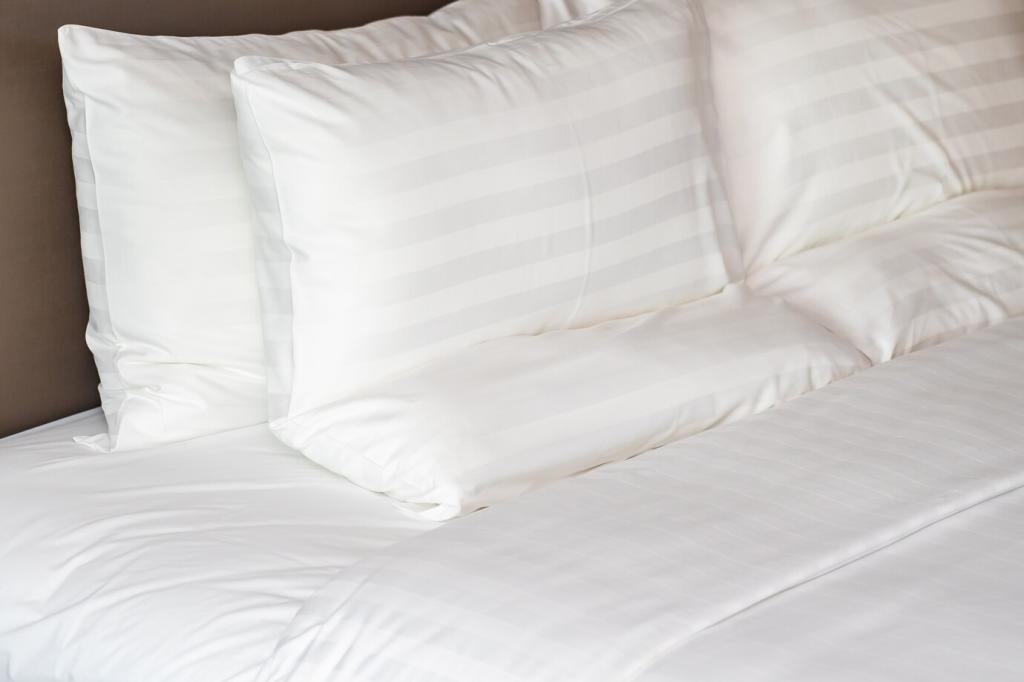
Sourcing, Sustainability, and Long-Term Value
Some explore peace silk approaches, while others choose traditional mulberry for smoothness. Consider feel, performance, and ethics together. If you’ve tested alternatives, tell us how they affected your comfort, temperature, and restfulness so we can compile a community comparison.
